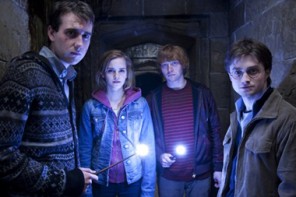Last week, Professor Alberto Carpinteri of Turin Polytechnic claimed that the image of a man’s face on the Shroud of Turin, that piece of cloth believed to be the burial shroud of Christ, was caused by nuclear emissions from an earthquake that hit Jerusalem in the year 33 AD. The story made worldwide headlines. Wait, I hear you asking, wasn’t that Shroud thing proved to be a fake long ago?
Well, yes. Whatever else it is, the Shroud is one of the most studied objects in the world. In the late 1970s, physicist John P. Jackson formed a group called the Shroud of Turin Research Project (surprisingly often abbreviated STURP). After five years analyzing “sticky tape” samples of the Shroud their final statement concluded in 1981: “the Shroud image…is not the product of an artist.” However, “the answer to the question of how the image was produced or what produced the image remains, now, as it has in the past, a mystery.”
In 1989, three very small samples of the Shroud were radio-carbon-dated in separate labs in Arizona, Oxford, and Zurich, using an already-dated non-Shroud sample of cloth as a control. These tests, as the journal Nature put it, “provide conclusive evidence that the linen of the Shroud of Turin is mediaeval.” That is to say, not nearly old enough to be Jesus’s burial shroud. But for 25 years, people invested in proving the Shroud’s authenticity, self-described “Shroudies,” have been raising objections: a medieval fire or modern air pollution altered the amount of carbon in the cloth; researchers actually tested cloth pieces that had been added centuries later in an attempt to repair the original.
Carpinteri’s claim is hardly novel, but it is unusually transparent. His idea relies on a theory called “piezonuclear fission,” but that theory is so scientifically controversial that a group of 1,000 scientists successfully petitioned the Italian government to withdraw funding for it in 2012, and with it, Carpinteri’s appointment to the Italian National Institute of Metrological Research (INRIM) in Turin. Carpinteri was defiant: “I will continue to do my curiosity-driven research on piezonuclear at the Turin Polytechnic.” And what better showpiece for his discredited theory than Turin’s most famous antique?
The Catholic Church, meanwhile, is taking the long view. Both Popes Benedict and Francis have elegantly bypassed the authenticity debates by referring to the shroud as an “icon,” not to be proved or disproved, but simply venerated. I highly doubt that any scientific study of the Shroud will reach a more agreeable solution.




